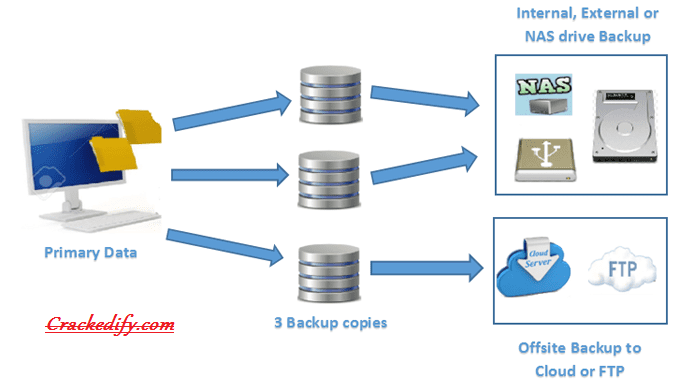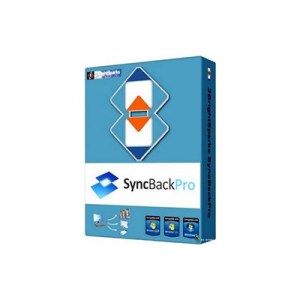


It is also possible that the Windows Active Directory terms and definitions are slightly different from the ones used in this article. Please note that these are recommendations only. The following are recommendations for the deployment of SyncBackSE to multiple workstations in a Microsoft Active Directory environment. Note that SyncBackPro also connects with the SyncBack Management Service (SBMS) and this article also covers a number of additional SBMS installation command line parameters at the base of this page. The following instructions also apply to SyncBackPro (change the filenames and paths as appropriate). The instructions below apply to those users who have implemented MSI for V6. Please consider using the SyncBack Management System or SyncBack Touch to manage and backup multiple computers/devices. Note that the MSI version of SyncBackPro/SE V7 (or newer) is no longer available. Modified on: Thu, 30 May, 2019 at 4:50 PMĭeploying in a Microsoft Active Directory environment Solution home Technical Articles Third Party Programs Compatibility Deploying in a Microsoft Active Directory


 0 kommentar(er)
0 kommentar(er)
